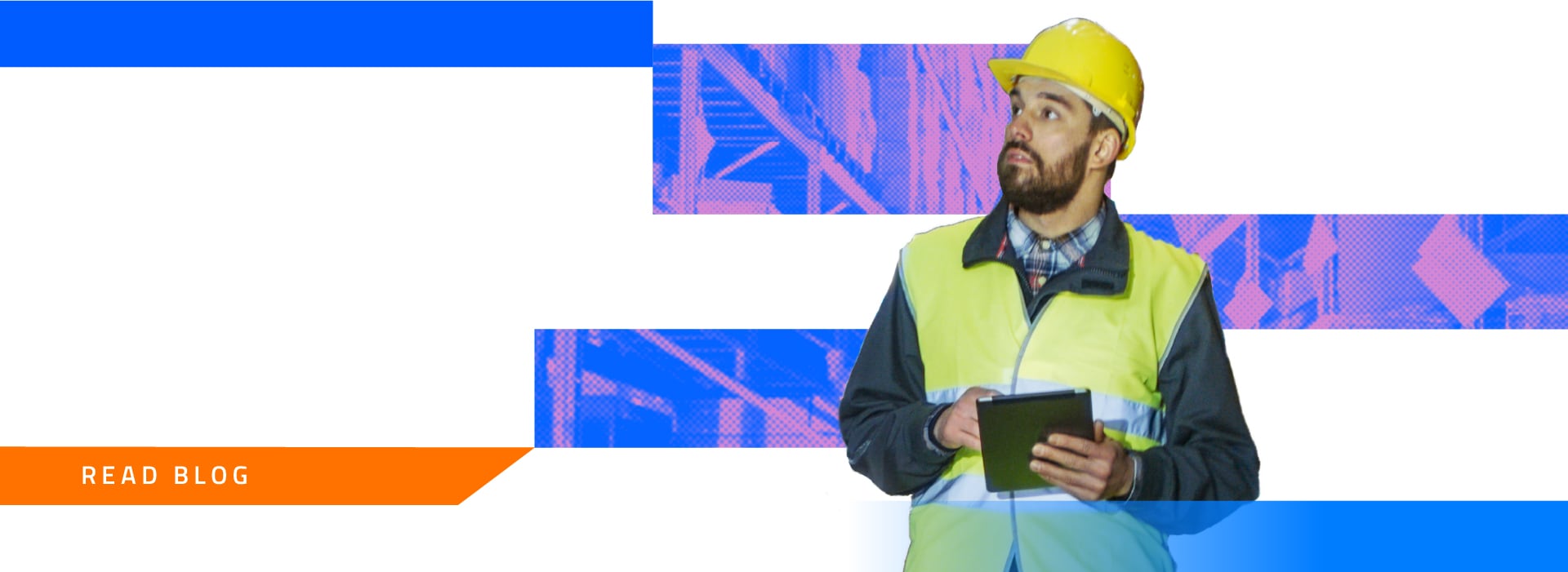Home > TradeEdge > Blogs > Demand forecasting: The pivotal success factor in F&B supply chains
Demand forecasting: The pivotal success factor in F&B supply chains

Table of Contents
The food and beverage industry (F&B) comprises organizations that process raw food materials, package and distribute them to various centers. Its product line includes fresh, prepared, and packaged food and alcoholic and non-alcoholic beverages. Following the pandemic, the e-commerce sector dealing with food and beverages gained considerable traction. As a result, the industry grew by over 500 billion compared to the previous year. However, it did face a major setback during the COVID pandemic and the recent economic meltdown. In order for them to attract more customers and increase profit margins, F&B companies need to rely on accurate demand forecasting methods to timely predict changing customer purchasing behaviors.
Key market trends for the F&B industry for demand forecasting
The food and beverage industry has transformed dramatically since the global health crisis hit the world. The pandemic triggered a shift in buyers’ consumption patterns towards packaged and organic goods. Given the historical records, affordable comfort foods usually thrive in stress-induced conditions, so also convenient purchases like online buying. Even though other industries have already made inroads, the F&B industry is just emerging as a digital staple. But to predict the change and prepare aforehand raise the importance of efficient demand forecasting methods in place, allowing companies to change their product line in time to meet demand with adequate supply.
Unfortunately, legacy methods of forecasting demand fell short of meeting the sudden upsurge in panic buying during the initial phase of the pandemic lockdown. Nevertheless, the inventory shortage was an eye-opening phase, compelling F&B companies to turn to tech-enabled demand forecasting methods.
Current challenges faced by the F&B industry supply chain
Changing customer purchasing behavior is just a fraction of the major challenges faced by F&B companies today. And much of it originates in their supply chain. The food supply chain is an intricate network of producers, manufacturers, distributors, logistics providers, and other parties. They work under relentless pressure to get products to the market – quickly, safely, and in the best possible conditions. And the whole network is troubled by critical challenges, namely:
Poor food shipping traceability: The ability to track the food product through all supply chain stages is now a customer demand rather than a request. Knowledgeable buyers want to know where the products/ingredients are sourced from. Such information can bridge the brand integrity and loyalty gap.
Communication silos: Since each sector in the food and beverage supply chain work separately, communication silos are an everyday reality. Poor communication can create challenging hurdles such as delays in moving products, unavailability of certain ingredients, food contamination and spoilage due to poor transportation and distribution. And a single missed deadline can create a domino effect, and customers have to bear the brunt.
Order complexity: Food and beverage orders are no longer simple as they used to be. Courtesy of changing consumers’ buying preferences, demand for a broader range of options, driven by various trends and some health concerns, is increasing.
Supply chain costs: Maintaining a massive network of suppliers and distributors adds to the overhead expenses for F&B companies. That inadvertently reflects on the actual price of the end product. The challenge is to find alternate sources at reasonable rates to prevent loss of business.
Changing regulations: Regulations are drawn to protect customers. But they do increase costs and inconvenience for companies.
Competitive market: Last but not least, the F&B market is spoiled for choices, with new products entering the market every day. With so many cheaper alternatives available, surviving becomes a daily challenge for F&B companies. And they need to be prepared to stay ahead of their competitors.
Most of the above-mentioned challenges can be addressed with tech-enabled demand forecasting and efficient supply chain management solutions.
The importance of accurate demand forecasting in the F&B industry
Demand fluctuations dominate the food and beverage (F&B) industry. For instance, an F&B company dealing with perishable goods must project accurate inventory to meet demand since their food items have a limited shelf life. As a result, there are risks of overstocking goods that can’t leave the shelf before they exceed their life span. Furthermore, when the supply of goods does not align with consumer demand, companies suffer from time, money, and resource wastage.
Demand forecasting based on real-time insights captured from internal and external sources can improve projection accuracy significantly.
Accurate forecasting of upcoming demand helps F&B companies to match their inventories accordingly and make informed decisions about pricing, market potential, and business growth strategies. It evaluates various influential factors like upcoming demand, market change, supply shortages, or disruption in the distribution channels to make apt estimations. This prevents stockpiling or inventory wastage situations for the industry.
What is demand forecasting, and how does it help the efficient functioning of supply chains?
Demand forecasting involves using predictive analytics to evaluate historical data and estimate customers’ future demand for a product or service. As stated earlier, it helps businesses make informed supply decisions by estimating the total sales and revenue for a given period.
Demand forecasting plays a pivotal role in effective supply chain management as it ensures timely replenishment of stocks, enhances capacity management, and fosters optimal sales and revenue. Demand forecasting also improves decision-making and accelerates prospective plans for growth and expansion, enabling the production of the required quantity of inventories within the stipulated time to prevent resource or stock wastage.
It is critical for advanced supply chain planning and inventory management so that manufacturers can determine the number of ingredients required to meet demand. Furthermore, data and insights captured during forecasting immunize companies from future uncertainties, delays, and fluctuations in demand. Besides, F&B companies dealing with multiple items can adequately allocate ingredients and resources for the production of items depending upon their individual demand. Hence, information on demand for each product is necessary as it helps prevent stockout situations, missed customer orders, poor service levels, and loss of business.
Improving demand forecasting with new-age technology
It is quite hard to predict the future demand for products. Just like the global pandemic, which resulted in unprecedented challenges for all, external factors influencing customer buying behavior are hard to estimate even before they occur. Global economic meltdown, rising inflation, and ongoing war are unpredictable elements that can disrupt every industry worldwide. In addition, companies increasingly rely on global supply chains to ensure a steady flow of required items at lower prices. And one disruption at a supplier end can be a significant roadblock for the company. Therefore, demand forecasting should not only predict customer demand for goods but also provide adequate information about what is happening at the supplier-distributor end or what can happen in the coming days.
Many industries are gradually shifting towards more tech-enabled efficient demand forecasting solutions to get an accurate picture of the future. For instance, Machine Learning (ML) is one technology capable of adapting to changing market conditions. When ML capability is integrated into demand forecasting software, the accuracy level of predictions increases manifold. The Internet of Things (IoT) is another powerful tool that works with demand forecasting to notice any shift in buying patterns or the market/industry. Demand forecasting powered by intelligent technology allows:
Conclusion
AI-enabled demand forecasting is a pivotal success factor, especially for the food and beverage industry. As stated, it prevents unnecessary wastage of resources and ensures a steady supply of inventories to meet demand, regardless of market disruptions or a sudden surge in demand for other items. Moreover, since the whole industry is embarking on a radical transformation, innovative demand forecasting solutions are needed more than ever to survive the market competition and stay ahead of the curve.


Possibilities Unlimited
Possibilities Unlimited
Inspiring enterprises with the power of digital platforms
More blogs from EdgeVerve →